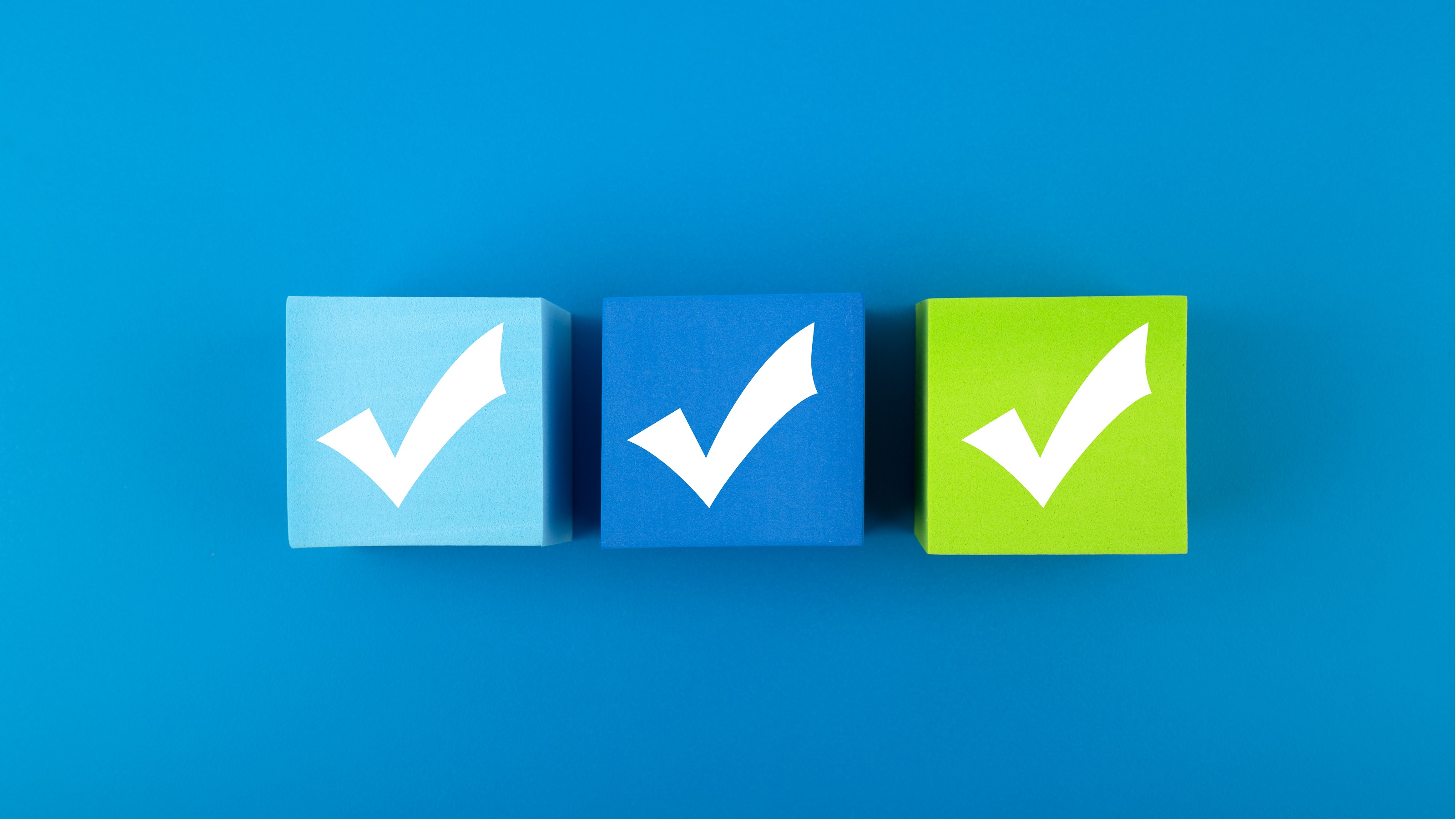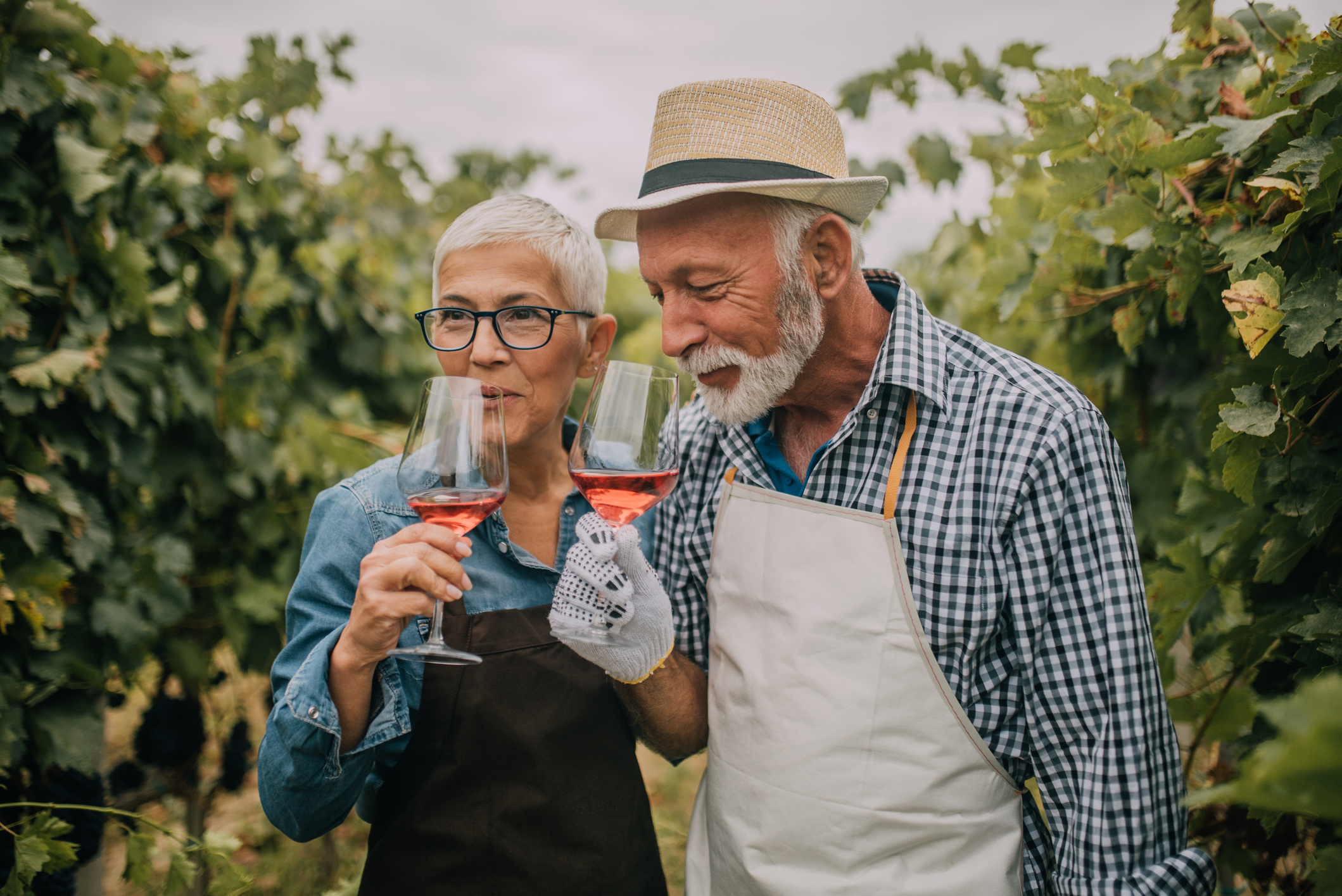Three Key Facts to Know About Your RMDs
If any of your retirement savings are in a tax-deferred account, then you will face required minimum distributions (RMDs). Not having a strategy could prove costly.


The federal government loves its acronyms — EPA, FBI, CIA, IRS. But for retirees, among the most important acronyms to understand is this: RMD.
RMD stands for required minimum distribution, three seemingly simple words that are fraught with financial implications. What is their significance? Simply this: Once you reach a certain age, the IRS will require that you begin withdrawals from your tax-deferred retirement accounts, such as traditional IRAs or 401(k)s. You will have to make those withdrawals annually even if you keep working, don’t need the money and even if the markets are down and you prefer to wait for a recovery to regain losses. Failure to take your RMD will result in a stiff excise tax penalty.
The reason for these forced withdrawals? Very simple. You haven’t paid ordinary income tax on these accounts — and Uncle Sam is tired of waiting around. For years, even decades in many cases, you’ve been allowed to defer the tax on these accounts, resulting in compounding interest. That was advantageous for you, but at the same time that you were constructing a nice nest egg for retirement, you were also building up an IOU to the IRS. After all, the tax bill on that money was deferred, not eliminated. Once you retire, any money you withdraw from these accounts is taxed at current ordinary income tax rates.
From just $107.88 $24.99 for Kiplinger Personal Finance
Become a smarter, better informed investor. Subscribe from just $107.88 $24.99, plus get up to 4 Special Issues

Sign up for Kiplinger’s Free Newsletters
Profit and prosper with the best of expert advice on investing, taxes, retirement, personal finance and more - straight to your e-mail.
Profit and prosper with the best of expert advice - straight to your e-mail.
Once you are of RMD age, you are required to take annual distributions. Failure to complete your mandated annual distribution will result in a 25% excise tax penalty. And all this time, you thought these accounts belonged 100% to you. You forgot that you have a “silent partner” in these accounts with you. Although, your “silent partner” doesn’t remain silent forever.
Like it or not, if any of your retirement savings are in a tax-deferred account, then the RMD will affect you at some point. That’s why it’s important to understand RMDs, how they work, what to expect from them and what you can do to soften the blow to your wallet.
Three key pieces of information you should be aware of are:
1. The age when your RMDs begin to apply.
The magic age for RMDs is fully dependent on when you were born. The RMD age is 70½ for those born before July 1, 1949; 72 for those born between July 2, 1949, and Dec. 31, 1950; 73 for those born between Jan. 1, 1951, and Dec. 31, 1959; and 75 for those born on or after Jan. 1, 1960.
Understanding and being prepared for when you are required to begin your RMDs is a crucial component of a successful retirement. Unfortunately, many are caught off guard and, consequently, suffer large and unnecessary tax burdens.
2. The withdrawal percentage rises with each passing year.
Many people, even when they know about RMDs, are surprised to learn that the percentage amount you must withdraw is not static. It increases each year through age 90.
Just a few examples: At age 72, the withdrawal percentage is 3.65%; at age 75, it is 4.07%; at age 80, it is 5.16%; and at age 90, it is 8.77%. This becomes especially frustrating when you are watching the balance in the account go down while the percentage you must withdraw increases each year.
3. Lack of an RMD strategy could prove costly.
As with nearly everything in retirement, it’s important to have a plan for your RMDs. We see many folks who take their RMDs and don’t need the income. So, in their attempt to be savvy, they reinvest the net proceeds into a taxable vehicle to continue on the path of growth.
The problem with this? As that money grows inside of that taxable vehicle, it is taxed again at capital gains tax rates, thus unknowingly giving Uncle Sam a second bite. This is where it comes in handy to have a tax-efficient financial professional in your corner who understands tax planning and can help you come up with strong solutions.
What are strategies you can use to help limit the amount you pay Uncle Sam?
One unique strategy is to break up the IRA into two IRAs, with IRA No. 1 invested in the market and IRA No. 2 kept out of the market. This way, if the market is down, you can withdraw the full RMD amount from IRA No. 2. If the market is doing well, you can withdraw the RMD from IRA No. 1.
Another strategy is to consider a Roth conversion. This can be a more sophisticated strategy, so be sure that your adviser is knowledgeable and experienced in helping their clients complete this. The idea here is to break off a specific amount of your IRA and convert or reposition that amount to a Roth IRA. Be advised that whatever amount that you do convert will be subject to your specific ordinary income tax rates, for that calendar year. For many, this can be an effective long-term strategy.
Ideally, you don’t want to wait until you are already in retirement before you start planning how you will handle the RMDs — and the other aspects of your retirement. It’s a good idea to seek guidance from a financial professional, so you get everything organized well in advance.
It’s about planning and being proactive, not being reactive.
Ronnie Blair contributed to this article.
The appearances in Kiplinger were obtained through a PR program. The columnist received assistance from a public relations firm in preparing this piece for submission to Kiplinger.com. Kiplinger was not compensated in any way.
Investing involves risk, including the potential loss of principal. Any references to protection, safety or lifetime income, generally refer to fixed insurance products, never securities or investments. Insurance guarantees are backed by the financial strength and claims paying abilities of the issuing carrier. The information and opinions contained herein provided by third parties have been obtained from sources believed to be reliable, but accuracy and completeness cannot be guaranteed by Divecha Financial.
Insurance products are offered through the insurance business Divecha Financial. Divecha Financial is also an Investment Advisory practice that offers products and services through AE Wealth Management, LLC (AEWM), a Registered Investment Adviser. AEWM does not offer insurance products. The insurance products offered by Divecha Financial are not subject to Investment Adviser requirements. AEWM and Divecha Financial are not affiliated companies.
Neither the firm nor its agents or representatives may give tax or legal advice. Individuals should consult with a qualified professional for guidance before making any purchasing decisions. Investment advisory products and services made available through AE Wealth Management, LLC (AEWM), a Registered Investment Adviser. 2425983 07/24
Related Content
- How to Optimize Your RMDs in Retirement
- Stressing About RMDs? Two Ways to Reduce or Even Eliminate Them
- Three Ways You Can Cut the Tax Stress of RMDs
- What You Need to Know About Calculating RMDs for 2024
- The Best Way to Defer RMDs (and Their Tax Bills): QLACs
Profit and prosper with the best of Kiplinger's advice on investing, taxes, retirement, personal finance and much more. Delivered daily. Enter your email in the box and click Sign Me Up.

Kevin Divecha is the President of Divecha Financial and is an investment adviser. Since founding his firm in 2013, Kevin has worked with individuals and families to help craft well-thought-out financial strategies. His comprehensive approach to wealth management and retirement planning includes income and investment planning, health care planning, tax-efficient strategies and legacy planning.
-
 How to Safely Open an Online Savings Account
How to Safely Open an Online Savings AccountOnline banks offer generous APYs that most brick-and-mortar banks can't match. If you want to make the switch to online but have been hesitant, I'll show you how to do it safely.
-
 7 Ways to Age Gracefully Like the Best Stock Photo Seniors
7 Ways to Age Gracefully Like the Best Stock Photo SeniorsAs a retirement editor, I've gleaned valuable wisdom (and a lot of laughs) from one older couple that tops the seniors' stock photo charts.
-
 My First $1 Million: Banking Executive, 48, Southeast U.S.
My First $1 Million: Banking Executive, 48, Southeast U.S.Ever wonder how someone who's made a million dollars or more did it? Kiplinger's My First $1 Million series uncovers the answers.
-
 Time to Close the Books on 2025: Don't Start the New Year Without First Making These Money Moves
Time to Close the Books on 2025: Don't Start the New Year Without First Making These Money MovesAs 2025 draws to a close, take time to review your finances, maximize tax efficiency and align your goals for 2026 with the changing financial landscape.
-
 Is Fear Blocking Your Desire to Retire Abroad? What to Know to Turn Fear Into Freedom
Is Fear Blocking Your Desire to Retire Abroad? What to Know to Turn Fear Into FreedomCareful planning encompassing location, income, health care and visa paperwork can make it all manageable. A financial planner lays it all out.
-
 How to Master the Retirement Income Trinity: Cash Flow, Longevity Risk and Tax Efficiency
How to Master the Retirement Income Trinity: Cash Flow, Longevity Risk and Tax EfficiencyRetirement income planning is essential for your peace of mind — it can help you maintain your lifestyle and ease your worries that you'll run out of money.
-
 I'm an Insurance Expert: Sure, There's Always Tomorrow to Report Your Claim, But Procrastination Could Cost You
I'm an Insurance Expert: Sure, There's Always Tomorrow to Report Your Claim, But Procrastination Could Cost YouThe longer you wait to file an insurance claim, the bigger the problem could get — and the more leverage you're giving your insurer to deny it.
-
 Could a Cash Balance Plan Be Your Key to a Wealthy Retirement?
Could a Cash Balance Plan Be Your Key to a Wealthy Retirement?Cash balance plans have plenty of benefits for small-business owners. For starters, they can supercharge retirement savings and slash taxes. Should you opt in?
-
 7 Retirement Planning Trends in 2025: What They Mean for Your Wealth in 2026
7 Retirement Planning Trends in 2025: What They Mean for Your Wealth in 2026From government shutdowns to market swings, the past 12 months have been nothing if not eventful. The key trends can help you improve your own financial plan.
-
 What Defines Wealth: Soul or Silver? Good King Wenceslas' Enduring Legacy in the Snow
What Defines Wealth: Soul or Silver? Good King Wenceslas' Enduring Legacy in the SnowThe tale of Good King Wenceslas shows that true wealth is built through generosity, relationships and the courage to act kindly no matter what.
-
 An Investing Pro's 5 Moves to Help Ensure 2025's Banner Year in the Markets Continues to Work Hard for You in 2026
An Investing Pro's 5 Moves to Help Ensure 2025's Banner Year in the Markets Continues to Work Hard for You in 2026After a strong 2025 in the stock market, be strategic by rebalancing, re-investing with a clear purpose and keeping a disciplined focus on your long-term goals.